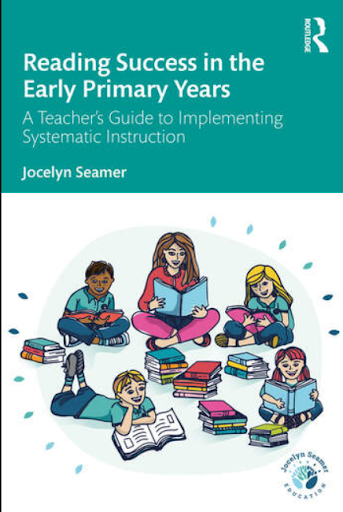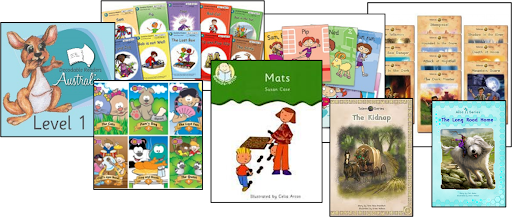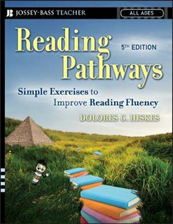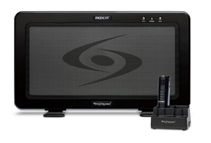All I want for Christmas is an Evidence Informed Classroom

As we approach the end of the 2022 school year here in Australia, you may have the good fortune to be asked what resources you would like to order for 2023. If that's the case, here are my top suggestions for items that can support you in your quest to move towards a structured literacy classroom.
1) A subscription to the Resource Room. The Resource Room is the only online membership dedicated solely to structured literacy. Sure, morning teas are lovely, but if you really want to support your teachers' well-being, lighten their teaching load. You can read more here.

2) A copy of Reading Success in Action: A Teacher's Guide to Implementing systematic Instruction. My brand new book (due out on December 21st, 2022) is jammed packed full of plain language outlines of what the research has to say about teaching children to read as well as practical examples, lesson plans and no-nonsense guidance to help you take action in your classrooms. Visit www.Routledge.com and use the discount code FLE22.

3) Decodable texts. You can never get enough decodable texts. You need enough so that every child can have a 'perfect fit' decodable to use in reading instruction, access to them in quiet reading time AND be able to take them home for home reading. Remember, decodables aren't just for the first year of school. They support students of ALL ages who are working towards reading proficiency. If ordering from Decodable Readers Australia, remember to use JOCELYN as a coupon code to receive a 10% discount.

4) Magnetic whiteboards. There is nothing quite as satisfying as writing on a nice whiteboard. While we do want children writing in books from their first days in school, whiteboards have a definite place in the explicit teaching classroom. Making sure you get magnetic whiteboards means you can use them for your younger students in blending and segmenting while they are learning to form letters correctly. As with all things, you get what you pay for, so don't scrimp here. Buying cheaper whiteboards will see you replacing them in a few months when they no longer rub off properly!

5) Magnetic Letters. All magnetic letters are not created equal. My absolute favourite ones are foam and come from Get Reading Right. They come in different fonts and have a large teacher version for modelling to a large group. Magnetic letters are more than a fun thing to have in your rotations. They are an important teaching tool, particularly when teaching early blending and segmenting before children have automatic and accurate handwriting. When children are learning these key skills asking them the segment AND write the graphemes can place an enormous cognitive load on the child. Using magnetic letters means that you are reducing the intrinsic load of the task and making success possible.

6) Class sets of novels. While decodable texts are terrific for students learning to decode at all ages, it's important that we put real, complex texts into the hands of our middle and upper-primary students. Investing in sets of quality novels so that every child can have a book in their hands will pay dividends for years to come.

7) Pocket dice. These super versatile dice can be used for a variety of purposes across the curriculum, but in literacy, you can use them to:
- Place rhyming and non-rhyming pictures in the dice. Roll the dice and play 'thumbs up, thumbs' down as a phonological awareness game.
- Place pictures in one dice and words in the other. Roll the dice and ask children to read the word to themselves, hiding their hands. When you say "go!" the children reveal their hands to say whether the picture and the word match.
- Place pictures in one of the die. Roll the die and ask children to segment the word, writing it on their mini-whiteboards.
There are so many options for this resource I couldn't possibly share them all! As with all resources, pocket dice can be used for all ages. If you teach older students, you can place morphemes in the pockets and have children build words or do sentence work with pictures as a stimulus.

8) A document camera. A document camera is a super cool tool that enables every child in your class to see what is happening up close. You can use it to display a decodable text, model writing and spelling, share a student's work while you give feedback to reinforce what has worked well or model correct letter formation. There is no age limit when considering this tool! I have this simple, affordable camera and it works a treat. https://www.videopro.com.au/product/ipevo-v4k-ultra-hd-usb-document-camera/

9) Durable alphabetic code charts. Having the English alphabetic code visible in classrooms is really useful. They enable you to point out phoneme/grapheme correspondences as you encounter them in lessons across the day and engage children in thinking about how words work. Sound walls are fun, but there isn't research to indicate how we should represent the code. A code chart gets the job done nicely!

10) Reading Pathways Fluency Practice Book. For children who have learned their initial code and are struggling to develop fluent and accurate word level reading, the Reading Pathways Book is a really handy resource. With practice pages that increase in complexity as children develop, this book is a must to provide simple support for children. Order your copy from Seelect.com.au

11) A sound field system. Now this one is a biggie, but if you are asking for things, you may as well go for gold. A sound field system puts your voice in stereo in the classroom so everyone can hear you. This is particularly important for students with hearing impairment, developmental language delay, ADD, autism or are simply a little bit tired. In my opinion, a sound field system is a must for every classroom. You might need to offer to support some fundraising support for this one. At about $3000 each, they aren't cheap items, but they will make a huge difference to your students and your voice.

Remember, when you are asking your Principal to spend money, state your case in terms of the following:
- What the impact on student learning will be
- Why you can't achieve the same result with the resources you already have
Good luck!

 Jocelyn Seamer Education
Jocelyn Seamer Education
0 comments
Leave a comment